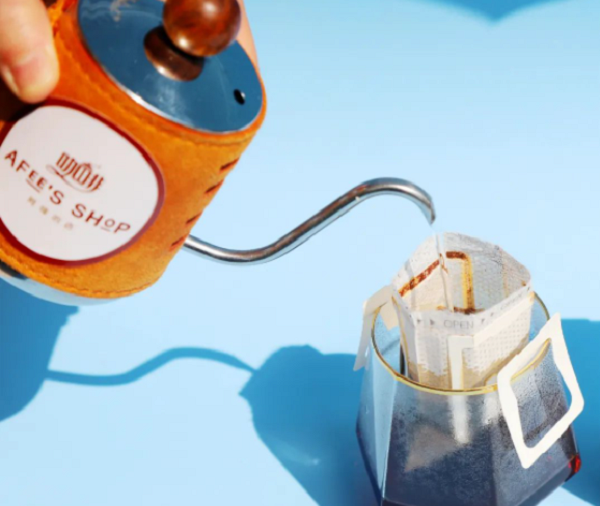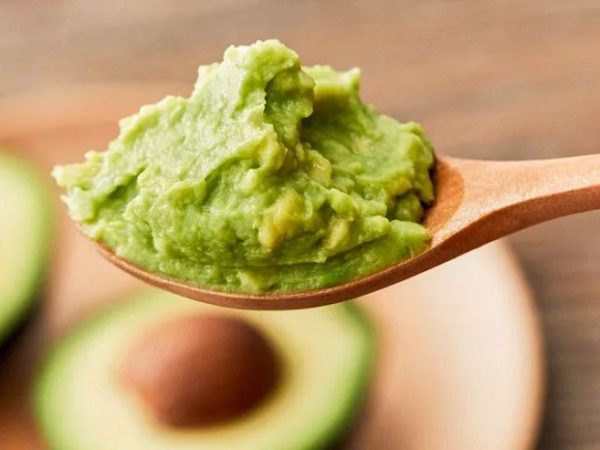Famous Coffee Bean Taste Characteristics-Drip Coffee Packaging Machine
Kenyan Coffee Bean Flavor
Bitterness: 1
Sweetness: 4
Acidity: 5
Body: 2
When roasted in the middle, the sour aftertaste is long, like grapes, and the latter part has the taste of blackberry jam, and the aftertaste is rich and thick like caramel hot chocolate. The acidity of Nyeri Gatomboya coffee is very full and bright, with a distinct taste of bergamot. SL28 and SL34 are unique coffee varieties in Kenya. They are named after the genetic variants bred from Scott’s laboratory in the 1930s. SL researchers hope to find new varieties with high yield, resistance to rain, and resistance to diseases and insect pests; SL28 is developed by mixing beans such as Bourbon (also known as French missionary), Mocha, and Yemeni Typica, although the yield is comparable Low, but great flavor with intense citrus, sweet, balanced and complex flavor profile. SL28’s copper-colored leaves, broad bean shape, are generally believed to be influenced by Sudanese and Ethiopian bean varieties. SL34 has Bourbon and more Typica bloodlines. The bean appearance is similar to SL28, but the tip of the leaf is bronze. Compared with SL28, SL34 is more adaptable to the sudden heavy rain in Africa, and its flavor performance at medium and high altitudes is outstanding. Complex citrus acidity, body, clean and sweet finish. These two hybrid varieties define the unique flavor of Kenyan coffee: high sweetness, delicate balance, prominent citrus, dark plum flavor, full-bodied taste, and of course strong and rich fruit acid.

Panama Hartman Coffee Bean Flavor
Bitterness: 1
Sweetness: 4
Acidity: 4
Body: 3
Very intense wine finish, sweet aromas of ripe tropical fruit, soft acidity and a long-lasting finish. Hardman Manor is a famous coffee estate in Panama and a representative of Panamanian volcanic coffee. The manor is above 1,200 meters above sea level, with suitable temperature, shady cultivation, and volcanic micro-climate, which is especially suitable for growing coffee. The estate grows Typica, Caturra, Catuai and a small amount of Geisha coffee.
Yirgacheffe G1 Coffee Bean Flavor
Bitterness: 1
Sweetness: 4
Acidity: 4
Body: 1
It has a complex bouquet with citrus fruits. High in sweetness, cleaner than G2, a coffee bean that coffee lovers must experience. In the world of coffee, Ethiopia is the most not to be ignored, and here is the birthplace of coffee. Yirgacheffe is a famous boutique producing area in Ethiopia. Best This year, most of the Ethiopian washed beans are purchased and exported by ECX. It is difficult to define the specific farm. We decided to buy this batch after cupping a variety of beans. Clear and lively taste is the must-lead scenery on the road of coffee.
Colombia coffee bean flavor
Bitterness: 3
Sweetness: 4
Acidity: 2
Body: 4
The aroma of chocolate is soft, and the back end will not suppress the fruity aroma. It tastes like juice, with apple sweetness, very good balance, moderate thickness, and obvious sweetness. Colombia’s Cauca (CAUCA) is located in an alpine volcanic area at an altitude of 1950-2100 meters, facing the Pacific Ocean to the west, and has a unique microclimate. The coffee trees here are mostly planted on volcanic slopes, absorbing the essence of volcanic ash soil. Therefore, in addition to being a high-quality growing environment for coffee beans, this area is also the cradle of coffee beans.

Sumatra Coffee Bean Flavor
Bitterness: 4
Sweetness: 3
Acidity: 1
Body: 5
Mandheling’s unique earthy and woody fragrance is obvious, and the aroma of cream and complex spices surrounds the middle end, with weak sourness and solid taste. The Lamdong region has always been a major producer of high-quality coffee in Indonesia. This golden mandheling is carefully planted and picked by contracted farmers. Circulation, refining, and selection are all extremely strict. Pursue perfect quality. These contracted farmers are located in Litong, a small town in the south of Lake Toba. The coffee trees here are decades old, and the Typica species grows vigorously. The flavor brought by the regional specificity of Sumatra, coupled with the unique flavor produced by the unique processing method that is neither washed nor sun-dried, cannot be replaced by any other production area. Although many beans can be processed to obtain a similar appearance to Mandheling, the unique earthy pine aroma of Mandheling cannot be replaced. High-quality Mandheling is not only carefully planted, but also manually selected for many times. The defect rate is extremely low, the grains are uniform, and the fully ripe coffee cherries are picked, which is really the best of Mandheling.









